Piano Solo - Level 5 - Digital Download
SKU: A0.958448
Composed by Joseph Dillon Ford. 20th Century,Contemporary. Score. 22 pages. David Warin Solomons2 #3688771. Published by David Warin Solomons2 (A0.958448).
The movements are:
1. Capriccio
2. Nocturne
3. An Answer for Antonín
The Études-tombeaux are both concert studies posing both technical and musical
challenges to the pianist and essays in historical styles created by the composer in the interest of
elaborating upon and advancing the great traditions of Western tonal art music. They
follow earlier piano pieces, also designated "tombeaux," which were not specifically focussed
on the technical aspects of pianism. The tombeau as a genre stems from the "lament," a type of
composition appearing under various titles that commemorates the death or legacy of a celebrated
person, although not all of Ford’s tombeaux and études-tombeaux reference specific individuals.
The études-tombeaux may be performed individually or as distinct series, as each series
comprises, in effect, a suite of movements related both tonally and stylistically.
The Capriccio, in G minor, is cast in rondo form, its various sections comprising a
structure that can be generally represented as A B A’ C A" Coda. In A, B, and C, the musical
material is repeated. The principal theme A is characterized by caprine leaps and, especially in
the final iteration, flowing passages in sixteenth note sextuplets. Theme B takes on the
contrasting character of a relatively quiet slavonic dance that twice shifts playfully from the relative
major B-flat to G major and back again. Theme C consists of rapid triplet figures performed
simultaneously in both hands even as the right hand sings an impassioned melody in the more
remote key of E-flat minor. The key of G minor returns immediately in A", to which a coda-
almost a new theme in its own right-is appended.
The Nocturne, also in G minor, clearly grows out of the Field-Chopin tradition, but
possesses distinctive qualities of its own. The movement is cast in four sections. The first, in
twelve-eight meter, begins with a four-measure introduction, setting up a languid, steadily flowing
stream on which a delicate, plaintive melody in the right hand gently floats. The theme is
distinguished by numerous quadruplets that produce cross-rhythms with the bass
accompaniment, and eventually takes on a highly florid character. After a brief transition over a
pedal trill, a second folk-like theme is intoned in E-flat major and three-four meter that abruptly
shifts to C Major and continues in double notes.
Then, just as abruptly, a new dance-like section begins fortissimo in A-flat major at nearly double
the previous tempo. This sudden change of mood lasts nearly as long as the previous two sections
combined, interrupting the dark nocturnal stillness with a kind of festive excitement. But at
its height, the manic mood sinks precipitously and the original theme is resumed, finds its way
gradually back to G minor, and is further developed and elaborated until it coming quietly
to rest in the tonic.
"An Answer for Antonîn" actually begins with a brief eight-measure idea penned by Dvořák
titled "Question" ("Otázka"), B. 128bis, composed in 1882. Ford in this movement proposes an
extended "answer" to this musical query by extending Dvořák’s miniature of just eight
measures into a sonatina movement of seventy seven bars. Dvořák’s theme in G minor is
extended in a rhythmically vigorous dance-like manner for another six measures, then a new
theme in B-flat major is introduced that concludes with a coda before the entire
exposition is repeated. The development section alludes first to Dvořák’s original.
This product was created by a member of ArrangeMe, Hal Leonard’s global self-publishing community of independent composers, arrangers, and songwriters. ArrangeMe allows for the publication of unique arrangements of both popular titles and original compositions from a wide variety of voices and backgrounds.
About Digital Downloads
Digital Downloads are downloadable sheet music files that can be viewed directly on your computer, tablet or mobile device. Once you download your digital sheet music, you can view and print it at home, school, or anywhere you want to make music, and you don’t have to be connected to the internet. Just purchase, download and play!
PLEASE NOTE: Your Digital Download will have a watermark at the bottom of each page that will include your name, purchase date and number of copies purchased. You are only authorized to print the number of copies that you have purchased. You may not digitally distribute or print more copies than purchased for use (i.e., you may not print or digitally distribute individual copies to friends or students).
 Instant Download
Instant Download
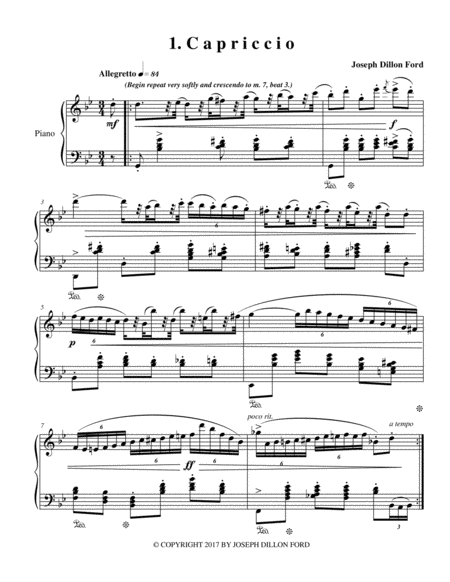
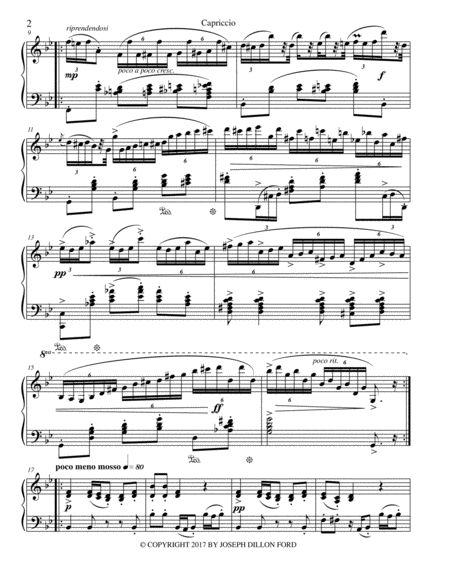
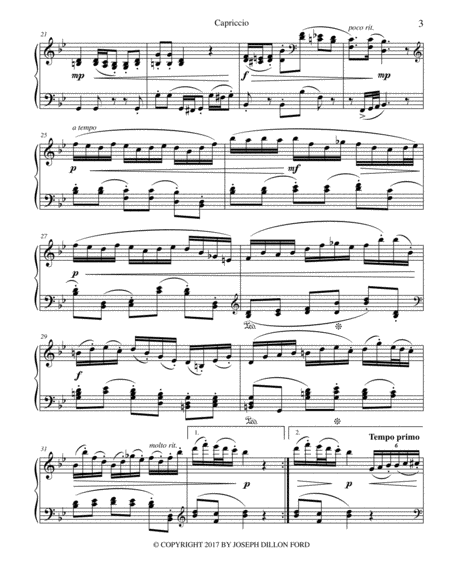
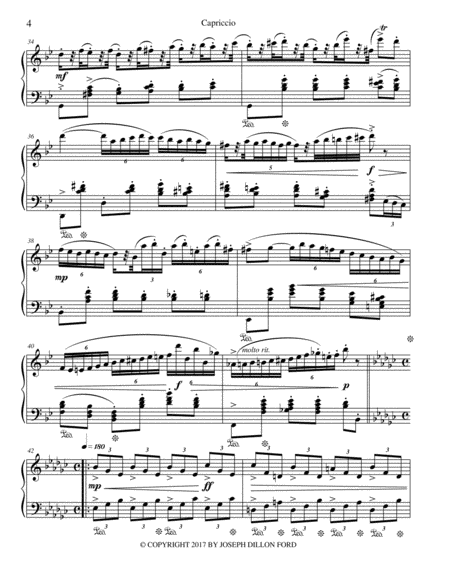
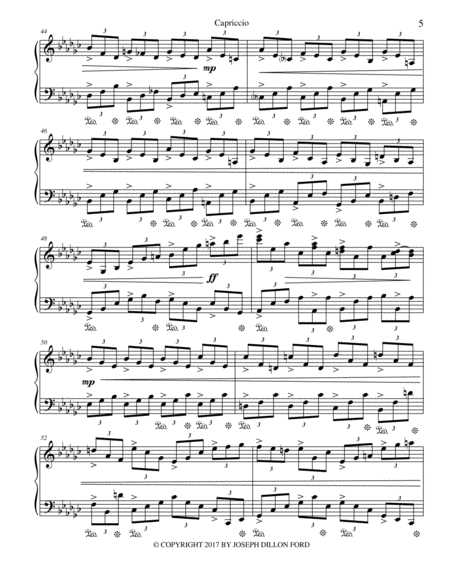
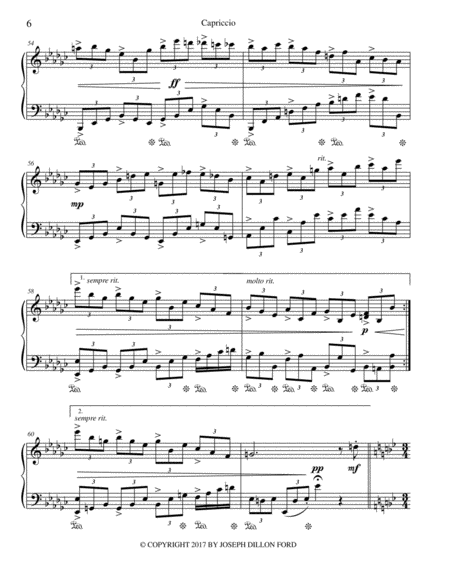
 Share
Share